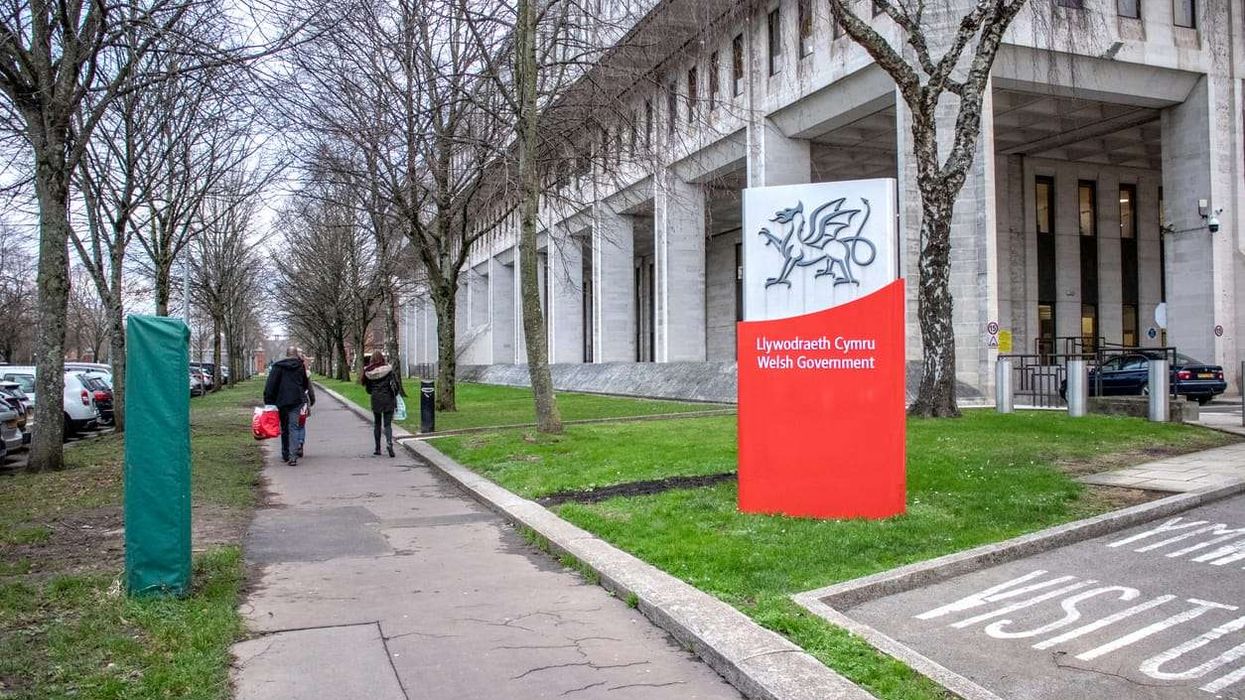India’s insurance industry is expected to grow to £216.38 billion by fiscal year (FY) 2020 with the government’s flagship Ayushman Bharat – the National Health Protection Mission (AB-NHPM) and other growth drivers such as rise in disposable income, presence of global players and easing of the regulatory regime supporting the penetration of the insurance culture in the country, said The Associated Chambers of Commerce and Industry of India (ASSOCHAM) and research firm APAS.
The medium-term outlook for the life insurance industry remains robust, with solid premium growth forecast over the next five years to 2023, the report said.
Overall insurance penetration in the country reached 3.7 per cent in 2017 from 2.71 per cent in 2001. Gross premium increased from £37.85 bn in the FY 2012 to reach close to 55.61 bn in FY 2018.
It said, Ayushman Bharat , the ambitious scheme of the Indian government covering 100 million poor and vulnerable families with a cover of £5342 per family of tertiary care and hospitalisation, would be a game changer for the country’s insurance industry, as it would have a great multiplier impact on a host of allied sectors and create thousands of new jobs.
The private sector companies which presently hold close to 48 per cent market share in the general insurance and 29 per cent in the life insurance would see a big growth in the opportunities. The private sector hospitals would also be major partners in the rollout of the countrywide scheme for which an initial sum of £1.28 bn has been provided.
Taking stock of the present state of play, the ASSOCHAM study with the research firm APAS said that the domestic life insurance industry registered 11 per cent year-on-year growth for new business premium in FY 2017-18 generating revenue of £23.17 bn. The premiums for non-life insurance industry increased by 17.5 per cent year-on-year.
Meanwhile, the government has taken a number of initiatives to boost the insurance industry. The Foreign Direct Investment (FDI) limit has been increased from 26 per cent to 49 per cent , while the regulator, Insurance Regulatory and Development Authority (IRDA), has allowed insurers investments up to 10 per cent in additional tier 1 (AT1) bonds that are issued by banks to increase their tier 1 capital.











